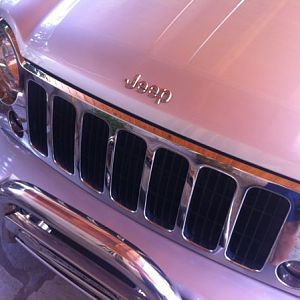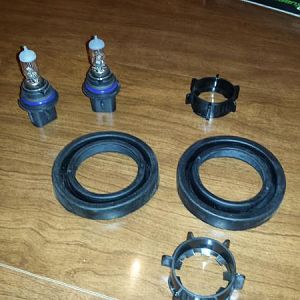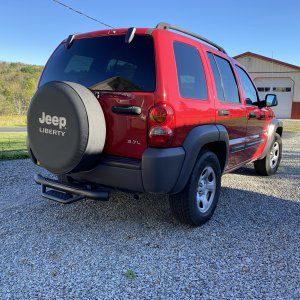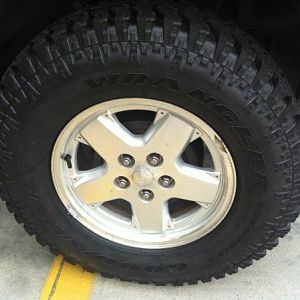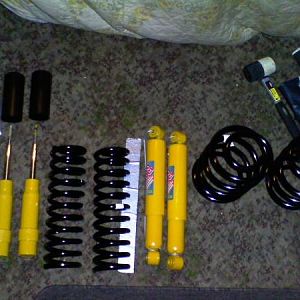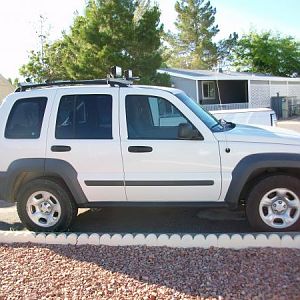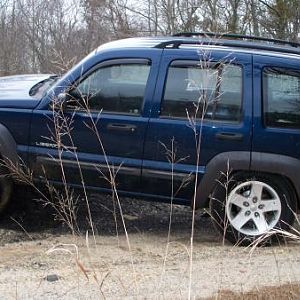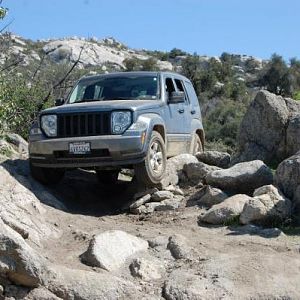Redbone
Originally Posted by tjkj2002 View Post
Now when you are traveling forward you also have air coming in from the front(radiator area) which is heated from passing through the radiator,add the "cowl induction" the hot air and cold air meet and is forced down under the vehicle which is where you do not want it to go since hot air wants to raise and you take any cooling effect the colder air rushing under the vehicle does for the trans,t-case,and F/R diffs.Plus that added air under the vehicle messes up your "drag" causing worse mpg's also.
Here is whats bothering me. I could debate the effect on the running gear as it is fact that colder air would be better for it. BUT this writeup doesn't appear to be rooted in fact. Please direct me to where this theory has been tested. In the mean time I must take exception to the idea that any possible negative effect would be large enough to be measurable.
I'm going to have to stick with the my theory that the existing hot air from the radiator, radiant heat from the engine, and the cooler air from under the front of the car will mix with my added cool air from the cowl area. This cooler air moves around the engine compartment and under the vehicle cooling everything a little more than prior to no cowl air. I would put forth that under typical driving conditions the air from the engine is moving at a rate of speed so as to take the rise of hot air out of the equation.
In the end I can't prove my cooler engine compartment = greater performance either but I figure I can slip the rubber gasket back in place for trade in purposes much easier than repairing holes in the hood. I suppose I'll just leave the seal out for now.
I don't see a difference in a '90 and a similarly equipped '06 vehicle with respect to under hood heat generation and retention. I still have questions about the baking process as to when that started. I have a friend that runs a body shop. As soon as I get a chance I'll get his input.


